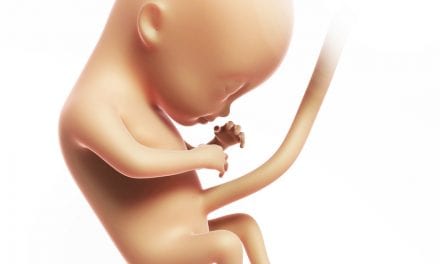A new Yale study seeking to determine if a person’s biological clock affects CPAP adherence found that “morning people” use their CPAP machines longer than those with evening or intermediate chronotypes.
For the study, published in the Annals of the American Thoracic Society, researchers performed a secondary analysis of the Apnea Positive Pressure Long-term Efficacy Study clinical trial. They assessed chronotype using the Morningness-Eveningness Questionnaire among participants randomized to the CPAP arm with daily adherence data. Evening, intermediate, and morning type categories were the exposures.
Researchers modeled daily CPAP use (hours per night) over a six-month period using a linear mixed model, adjusted for covariates like age, sex, and marital status. To assess mechanisms of the association, researchers performed mediation analyses using sleep duration, weekend catch-up sleep, depression, and other factors.
The study found that most participants were obese men with severe obstructive sleep apnea. Participants were 44% morning, 47% intermediate, and 8% evening chronotype. Participants with morning chronotype reported the shortest sleep duration on weekends (7.3 hours versus 7.6 and 7.9 hours per night) compared to the intermediate and evening types.
Participants with morning chronotype exhibited a 40-minutes per night higher CPAP use compared to those with intermediate chronotype. This relationship was mildly attenuated after adjustment for covariates, according ot the study. None of the selected factors (e.g., sleep duration and weekend catch-up sleep) exhibited a significant mediation effect.
“Morning chronotype is associated with a clinically meaningful increase in CPAP adherence compared with other chronotypes,” concludes the study.
Poor adherence limits the effectiveness of CPAP therapy for obstructive sleep apnea, and a better understanding of CPAP adherence is needed to develop novel strategies to improve it, according to the study. While findings suggest chronotype may be a novel predictor of CPAP adherence, researchers say mechanisms of this association require further study.
Photo 207875187 © Martinmark | Dreamstime.com



